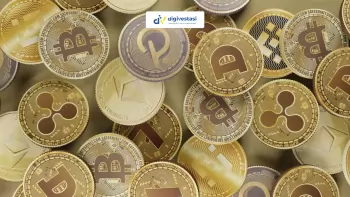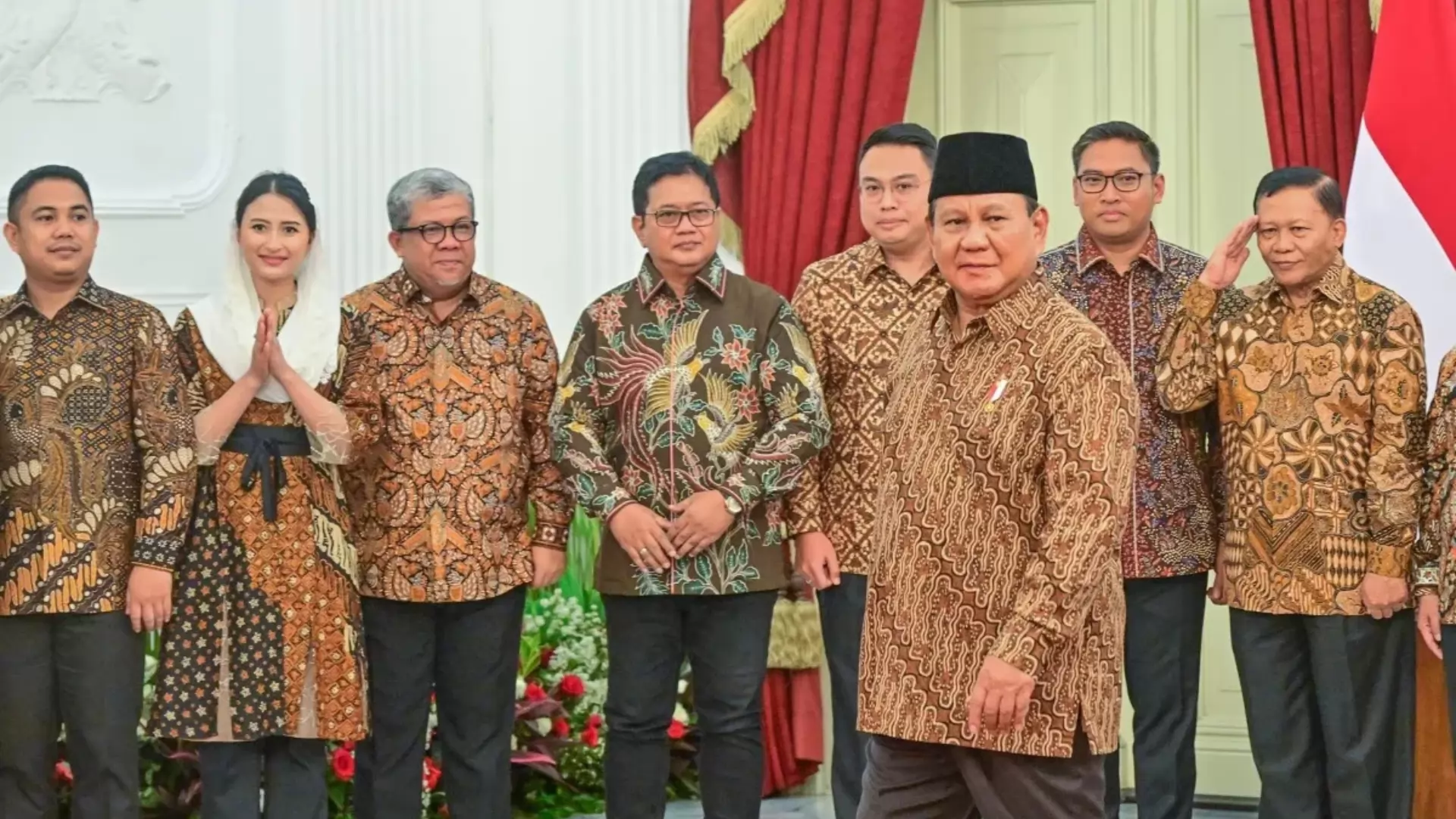
Crypto News
Deutsche Bank Set to Become Banking Partner for Bullish - The Crypto Exchange Listed on NYSE!
/index.php
Bisnis | Ekonomi - Posted on 11 July 2025 Reading time 5 minutes

The prolonged weakening of Indonesia's economy has put significant pressure on the general population, including the middle class. As a result, the government was compelled to expand the scope of its social assistance (bansos) programs.
In the economic stimulus package—particularly during President Prabowo Subianto’s administration in the first quarter of 2025—for the first time, the government directly extended aid to the middle class, in the form of electricity bill discounts at the beginning of the year.
Typically, electricity tariff discounts are granted to residential customers of PT PLN (Persero) with installed power capacities up to 1,300 VA. However, in January–February 2025, the coverage was expanded to include customers with capacities of up to 2,200 VA.
“What was interesting this time, if you compare it to the Covid-19 period, electricity bill discounts were only offered to smaller customers, up to 1,300 VA. But that wasn’t the case recently,” said Arief Anshory Yusuf, a member of the National Economic Council (DEN), during the Cuap Cuap Cuan program on CNBC Indonesia, quoted Thursday (July 10, 2025).
“This time, the support reached customers up to 2,200 VA, which means 85% of the population were included. This related directly to the ongoing public discourse about the pressures faced by the middle class. For the first time in Indonesia’s history, the middle class received government social aid,” explained Arief, who is also a Professor at the Faculty of Economics and Business, Universitas Padjadjaran.
Arief explained that this policy was driven by the government's growing awareness that Indonesia’s middle class was also under economic stress. The Central Statistics Agency (BPS) also released data showing that the size of the middle class in Indonesia is shrinking.
According to BPS records, in 2019, Indonesia had 57.33 million middle-class citizens, or about 21.45% of the total population. By 2024, that number had fallen to 47.85 million, or 17.13% of the population.
“This means there’s been consistent data showing our middle class is collapsing. Even though they only make up 17% of the population, they account for 40% of total national consumption. So if they stop spending, that’s a serious issue,” Arief emphasized.
Nevertheless, Arief acknowledged that the social aid policy for the middle class was not yet effective enough to halt the decline in purchasing power and household consumption, or to maintain economic growth near the 5% mark. However, he stressed that without this policy, the economy could have fallen even further, to around 4.5%.
“So this was the first time in the history of the Republic of Indonesia that middle-class citizens—not classified as poor—received social assistance from the government, and it truly happened,” Arief concluded.
Source: cnbcindonesia.com
What do you think about this topic? Tell us what you think. Don't forget to follow Digivestasi's Instagram, TikTok, Youtube accounts to keep you updated with the latest information about economics, finance, digital technology and digital asset investment.
DISCLAIMER
All information contained on our website is summarized from reliable sources and published in good faith and for the purpose of providing general information only. Any action taken by readers on information from this site is their own responsibility.